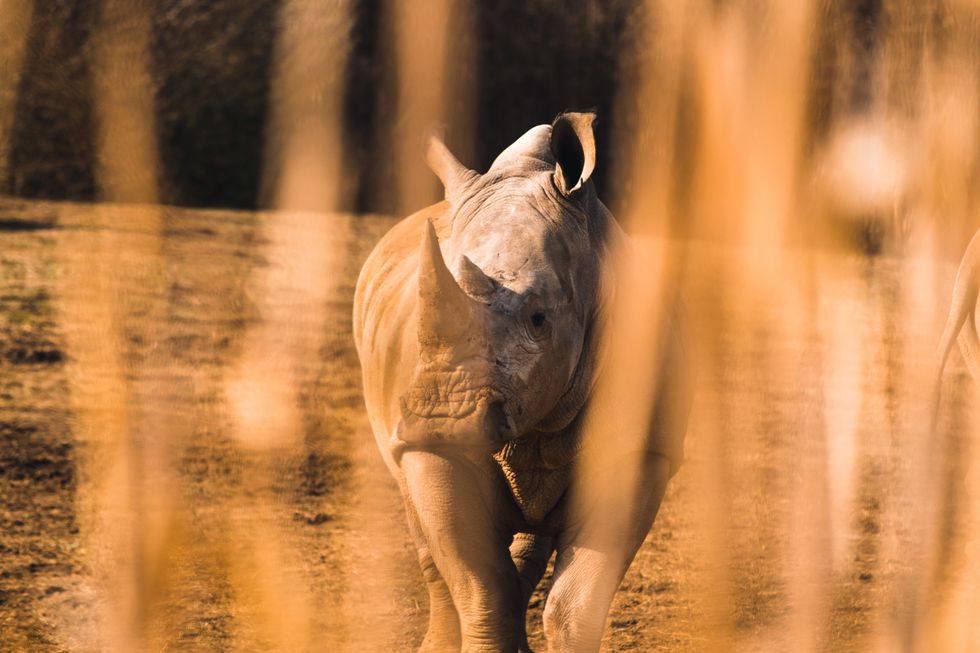It started with wanting to save the Bald Eagles and since then has evolved into much, much more. And now Congress is wanting to get rid of it. In 1973, the Endangered Species Act was passed by a vote of 92 to 0 in the Senate and 355 to 4 in the House, finally being signed into law by President Nixon that same year.
The Endangered Species Act (ESA) provides conservation for any and all animals on the endangered/ threatened list that are in the U.S. or outside in our water. It also includes some foreign animals.
1. If a species is endangered it means: it could become extinct fully or in a specific portion of where it is located
2. If a species is threatened it means: it could become endangered sometime in the foreseeable future if something is not done to protect or preserve it
For a full list of animals either are on the list or could be, click here.
And it doesn't stop there. The ESA also protects plants. In fact, there are more plants (most of which are the types that produce flowers) on the list than animals.
So how do these plants and animals get on the list anyway?
Well, it can be done one of two ways.
For the first way, a few biologists at the U.S. Fish and Wildlife Service find and add species they believe need to be added or through public petition ( which can be written by anyone). Also through saving one species, you could be potentially saving another that relies on it for food, shelter or anything else.
One of the main reasons this law is so important is because many of the species that are put on the list recover enough to avoid extinction and some even recover enough to be delisted.
The ESA has saved a total of 70 species since it's been around and because of it, almost 99 percent of species that would have gone extinct are still around today.
So what happens if the ESA is decommissioned?
Well, overall it wouldn't be too big of a problem because many states have there own laws and policies when it comes to endangered species but many animals (especially birds) can and do move across state lines which could make it harder to have local recovery efforts.
We are currently undergoing a sixth major mass extinction and many scientists think that it is due to human overpopulation, although other factors like habitat destruction, overhunting, toxic pollution, invasion by alien species and climate change are also contributing to wildlife loss.
This is why the ESA is so important. It helps preserve wildlife not only for now but for the future. It ensures these animals and plants will be around for future generations to enjoy.









































